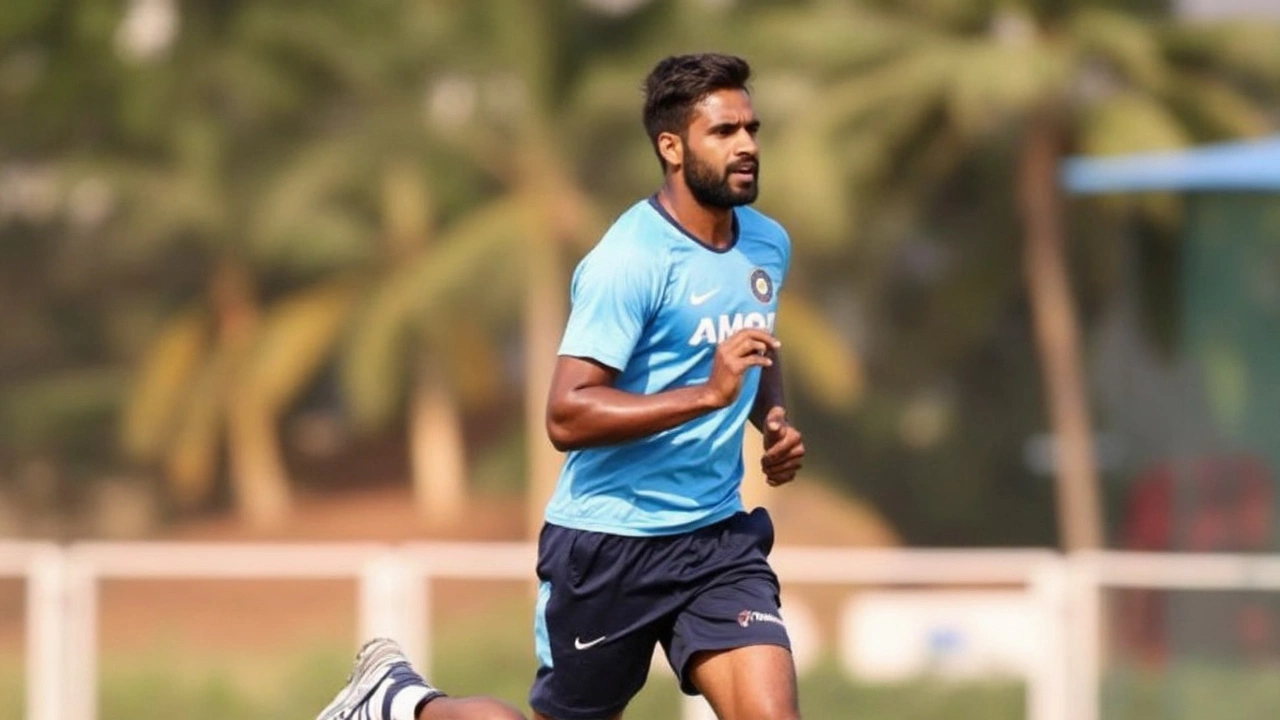
Varun Aaron Calls Time on a Career Defined by Speed and Setbacks
The noise around Varun Aaron’s bowling was rarely quiet. It’s not every day India produces a quick who reliably passes 150 km/h and puts fear into even sturdy batsmen. But at just 35, the fiery fast bowler has announced his retirement from all forms of representative cricket, closing a chapter filled with promise, heartbreak, and perseverance.
Aaron’s journey began with a buzz in 2011 when selectors took notice of his express pace and natural talent for fast bowling. He got his Test cap in November that year and appeared nine times for India in the longest format. The numbers read the same for ODIs—nine matches, spanning from his debut until his final match in 2015 against South Africa on a damp Bengaluru pitch. Despite the numbers being modest on the international scene, Aaron’s genuine speed set him apart in a generation of mostly seam-up bowlers.
Yet, Aaron’s career never followed a straight line. Nagging injuries kept coming back—especially stress fractures in his back. He lost months at a time to rehabilitation. The National Cricket Academy became almost a second address as he worked alongside physios and coaches to find a way back more than once. Every recovery was brutal, requiring not just physical but mental resilience, as he fought to reclaim a spot in a fiercely competitive Indian team.
The red-ball journey ended earlier this year after his last Ranji Trophy match for Jharkhand against Rajasthan. Aaron’s domestic performances were never about huge wicket hauls but more about the hope and excitement every time he steamed in with the ball. In the most recent Vijay Hazare Trophy, he took three wickets in four matches—a final, trademark hustle before Jharkhand bowed out and Aaron decided it was time to call it a day.
His farewell, shared on social media, had all the emotion of a player who truly loved his craft. Aaron called fast bowling his 'first love' and thanked the BCCI, Jharkhand State Cricket Association, and long-time sponsors like Red Bull, SG Cricket, and MRF Tyres. It wasn’t just a checklist of gratitude—it was an acknowledgment that his career, for all its stops and starts, was backed by a community that believed in speed as much as he did.
From Cricket Battles to Commentary Booth
Off the field, Aaron was always approachable—never the kind to hide behind statistics or regret what might have been. That’s probably why so many are excited to see him shift to commentary, a move he’s hinted at for months. His honest takes, combined with first-hand experience of the highs and lows, could make watching games a lot more interesting. He’s the type whose stories from the dressing room and the rehab table go far beyond the usual highlight reel.
For a country that routinely produces battalions of spinners and medium-pacers, Aaron’s speed was a rare thrill. He might not have the heady numbers or a trophy haul to his name, but he leaves with the respect of every batter he hurried, every teammate who saw his effort first-hand, and every fan who stood up just that bit straighter when the speed gun crossed 150.